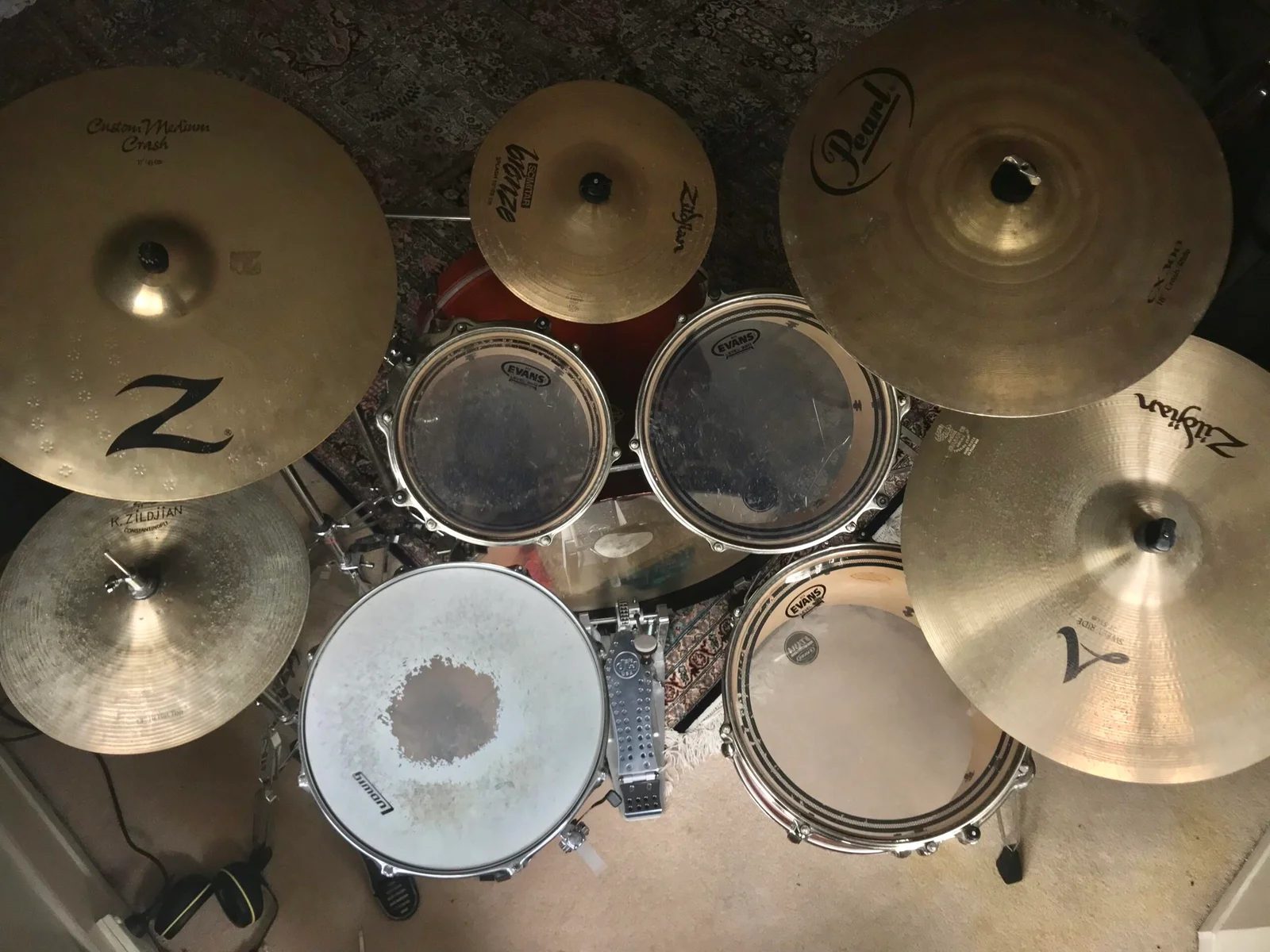Understanding the Versatility and Cultural Significance of the Scimitar Drum

The scimitar drum is a unique percussion instrument that holds a special place in the world of music and culture. Its distinct shape and sound have made it an intriguing subject for musicians, historians, and cultural enthusiasts alike. This article delves into the history, construction, and cultural impact of the scimitar drum, providing a comprehensive understanding of this fascinating instrument.
Historical Origins of the Scimitar Drum
The scimitar drum has ancient origins, dating back to early civilizations where it was used in various cultural and religious ceremonies. Its design, resembling the curved blade of a scimitar, is believed to symbolize power and protection. Historically, these drums were crafted by skilled artisans and used by tribal leaders and shamans to invoke spirits and communicate with the divine.
Construction and Design
Materials and Craftsmanship
The scimitar drum is traditionally made from high-quality materials, ensuring both durability and superior sound quality. The body is typically crafted from hardwoods such as oak or maple, which are known for their resonance and strength. The drumhead is usually made from animal skin, which is stretched tightly over the frame to produce a crisp, resonant sound. Modern versions of the scimitar drum may use synthetic materials to replicate the traditional sound while offering greater durability and ease of maintenance.
Shape and Size
The unique shape of the scimitar drum is one of its most distinguishing features. The body of the drum is curved, much like the blade of a scimitar, which not only adds to its aesthetic appeal but also influences its sound. The curvature allows for a varied range of tones, from deep bass notes to sharp, high-pitched sounds. The size of the drum can vary, with larger drums producing deeper tones and smaller drums offering higher pitches.
Playing Techniques
Basic Techniques
Playing the scimitar drum requires a combination of skill and technique. Traditional playing methods involve striking the drumhead with the hands or using sticks specifically designed for the instrument. Different areas of the drumhead produce different sounds, and skilled drummers can create a wide range of rhythms and tones by varying their striking techniques.
Advanced Techniques
Advanced drummers use more complex techniques to fully explore the tonal possibilities of the scimitar drum. These may include finger rolls, slaps, and muting techniques to create intricate rhythms and dynamic soundscapes. Mastery of these techniques requires extensive practice and a deep understanding of the instrument’s capabilities.
Cultural Significance
The scimitar drum holds significant cultural importance in many societies. It is often used in traditional ceremonies, festivals, and rituals, serving as a symbol of heritage and cultural identity. In some cultures, the drum is believed to have spiritual properties, capable of connecting the physical world with the spiritual realm.
Scimitar Drum in Modern Music
Fusion and Innovation
In contemporary music, the scimitar drum has found a place in various genres, from world music to fusion and experimental music. Musicians and composers are continually exploring its potential, incorporating it into modern compositions to add unique textures and rhythms. This fusion of traditional and modern elements has helped to keep the scimitar drum relevant in today’s diverse musical landscape.
Influence on Other Instruments
The distinctive sound and design of the scimitar drum have also influenced the development of other percussion instruments. Its innovative shape and tonal qualities have inspired new approaches to drum construction and playing techniques, contributing to the evolution of percussion music as a whole.
Educational Value
The scimitar drum is an excellent tool for educational purposes, offering students a hands-on way to learn about rhythm, music theory, and cultural history. Music educators use the drum to teach basic and advanced percussion techniques, as well as to introduce students to the rich cultural traditions associated with the instrument.
Preservation and Revival
Efforts to preserve and revive the traditional craft of scimitar drum making are ongoing. Cultural organizations and craftsmen are dedicated to maintaining the authenticity of the instrument, ensuring that the skills and knowledge required to create and play the scimitar drum are passed down to future generations.
Conclusion
The scimitar drum is more than just a musical instrument; it is a symbol of cultural heritage, artistic innovation, and spiritual connection. Its unique design and sound continue to captivate and inspire musicians and audiences around the world. By understanding and appreciating the scimitar drum, we can gain deeper insights into the rich tapestry of global musical traditions.
Also Read: Boston Celtics vs Dallas Mavericks Match Player Stats: A Clash of Titans




